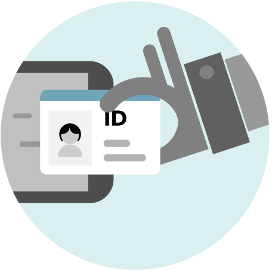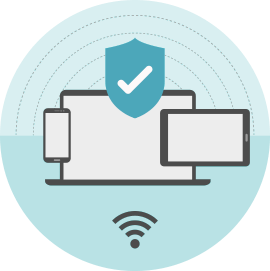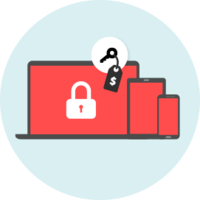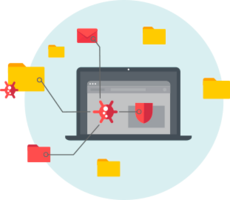What is Online Identity Theft?
Online identity theft is a crime in which an attacker uses fraud or deception to obtain personal or sensitive information from a victim and misuses it to act in the victim’s name. Usually, perpetrators of such crimes are motivated by their own economic gain.
This guide details what identity theft is, spotting the signs of identity theft, and tips on identity theft protection online.





